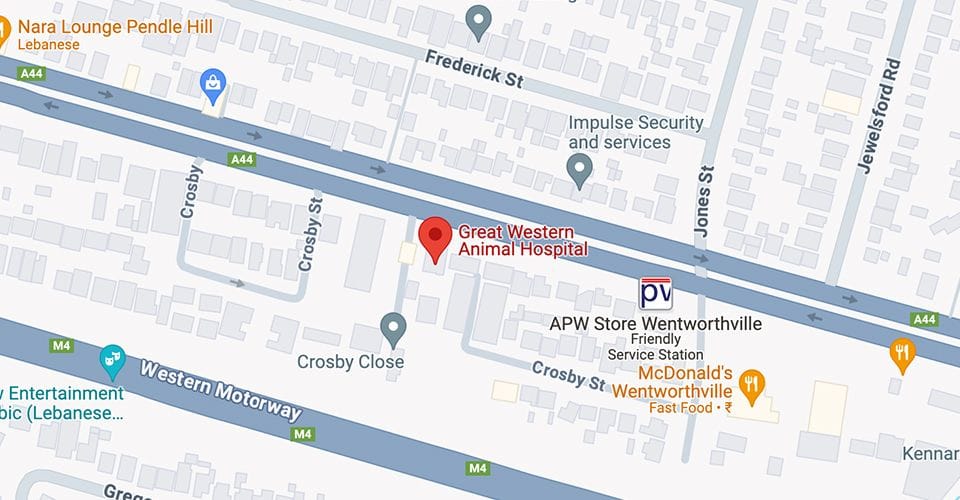A microchip is the size of a grain of rice and each chip has it’s own 15 digit number. By using a special needle, the chip is easily and quickly inserted just under the skin between the shoulder blades causing very little discomfort (much less than a piercing).
Pet Microchipping
A microchip is the size of a grain of rice and each chip has it’s own 15 digit number. By using a special needle, the chip is easily and quickly inserted just under the skin between the shoulder blades causing very little discomfort (much less than a piercing).
It is now law that all dogs and cats be micro chipped by 12 weeks of age and registered with your local council by the age of 6 months.
Thousands of dogs and cats are put to sleep each year because they lack identification and can’t be returned home. A microchip cannot be lost or stolen unlike a tag or collar and provides lifetime identification for your pet’s protection and your peace of mind.
A microchip is the size of a grain of rice and each chip has it’s own 15 digit number. By using a special needle, the chip is easily and quickly inserted just under the skin between the shoulder blades causing very little discomfort (much less than a piercing). An electronic scanner can then be used to identify your pet.
A microchip does not cause tissue reaction, irritation or discomfort when implanted correctly. After microchipping your pet will be automatically registered with the NSW Pet Registry, which will store your pet’s number along with your contact details.
You also need to register your dog with the local council. There is a one-off registration fee - this is reduced if your pet has been desexed. It is important to keep your details up to date - this must be done via the NSW Pet Registry website.
&geometry(180x112))







